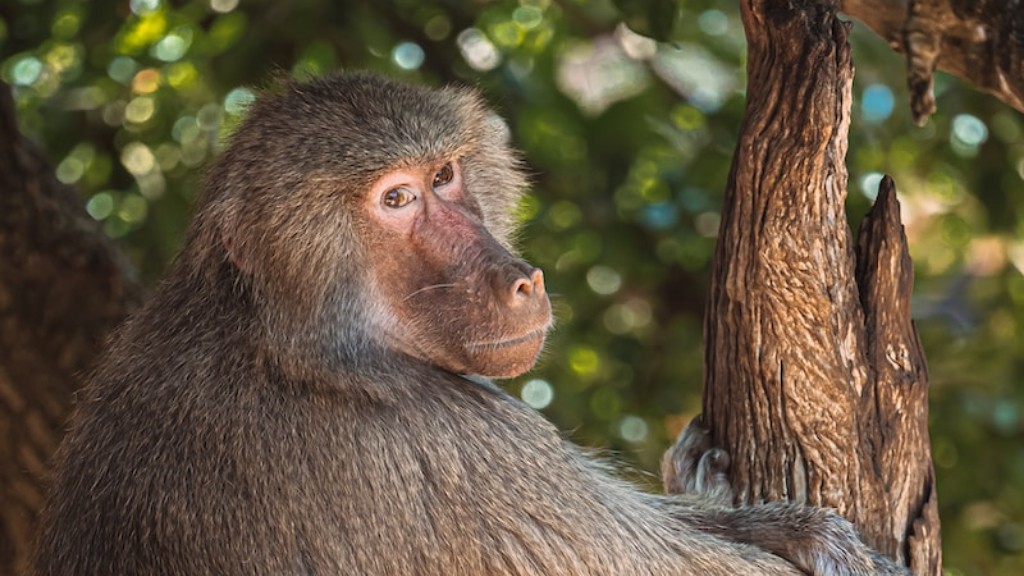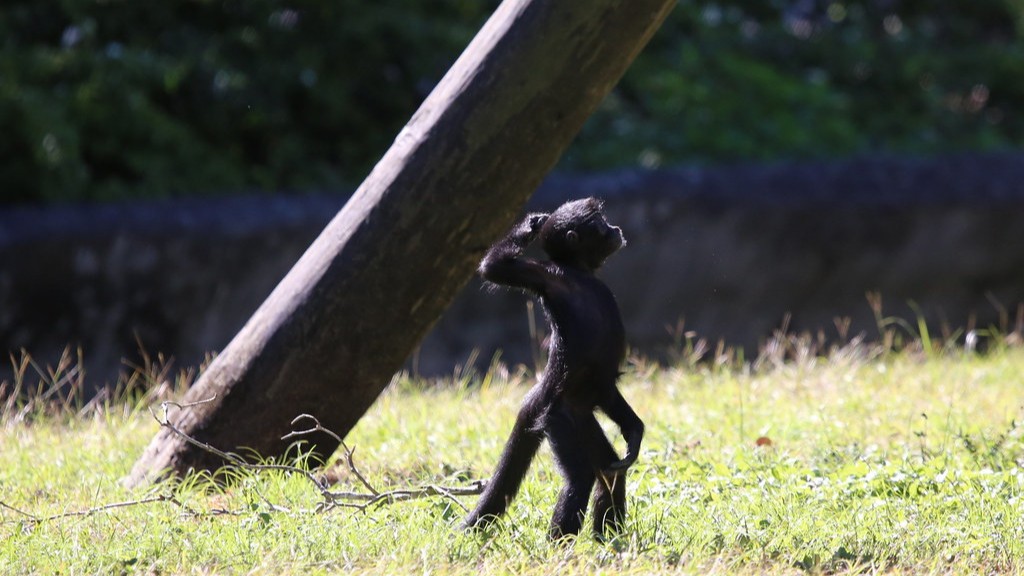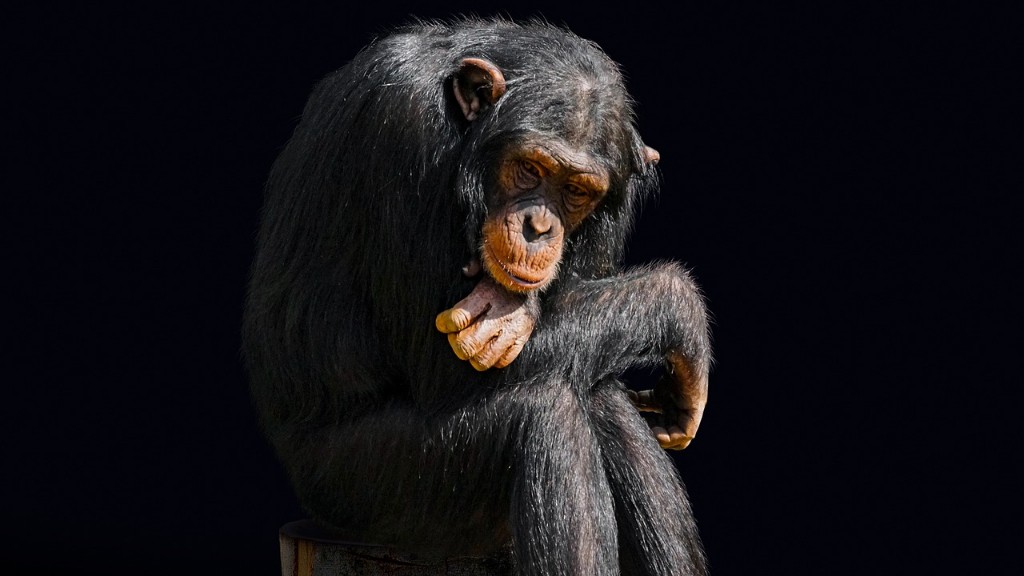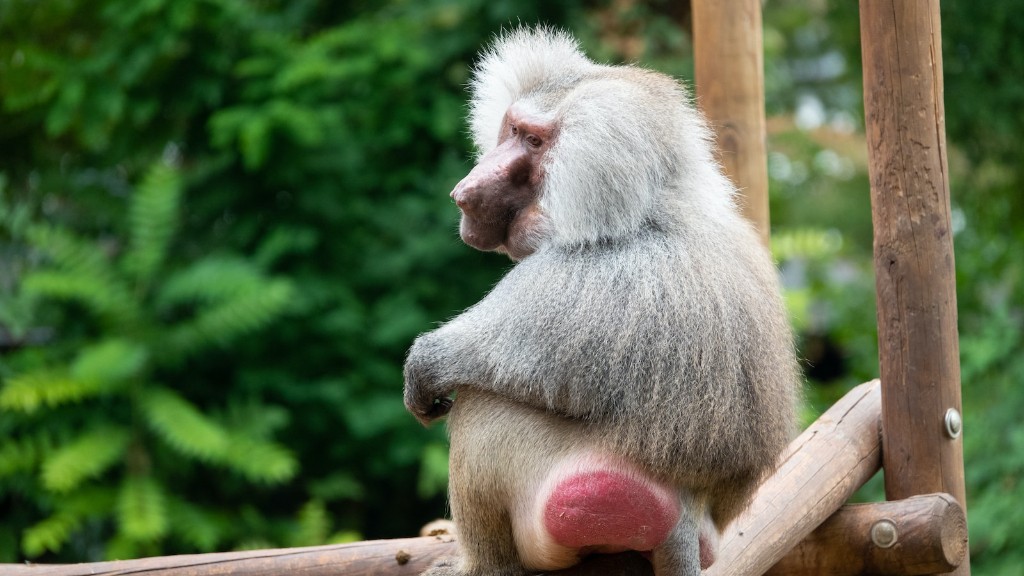What Genus is a Baboon?
The baboon is a fascinating primate that belongs to the genus Papio. Found in various parts of Africa, baboons are known for their distinctive appearance, complex social structure, and highly adaptive nature. In this article, we will explore the genus Papio and delve into the characteristics, behavior, and significance of baboons in their natural habitat.
Background and Taxonomy
Baboons are classified within the Old World monkey family, Cercopithecidae, and the genus Papio contains five recognized species:
- Olive baboon (Papio anubis)
- Yellow baboon (Papio cynocephalus)
- Chacma baboon (Papio ursinus)
- Guinea baboon (Papio papio)
- Hamadryas baboon (Papio hamadryas)
These species are distinguishable by their size, coloration, and specific adaptations to different environments. Olive baboons, for example, are the most widely distributed and the largest of the species, while chacma baboons have a distinctive reddish-brown coat and inhabit southern Africa.
Characteristics and Behavior
Baboons display a range of physical and behavioral characteristics that make them unique:
- Appearance: Baboons have dog-like snouts, sharp teeth, and prominent tails. Males are significantly larger than females and possess larger canine teeth, which they use for defense and asserting dominance.
- Social Structure: Baboon troops are organized hierarchically, with strong alpha males leading the group. Females maintain stable relationships within the troop and play an essential role in raising young baboons.
- Communication: Baboons use various vocalizations, gestures, and facial expressions to communicate within the troop. These signals transmit information about dominance, submission, and threats.
- Diet: Although baboons are omnivorous, feeding primarily on fruits, seeds, leaves, and insects, their diet can vary based on habitat and availability. They have also been observed engaging in opportunistic feeding, including small mammals and livestock.
- Mating Behavior: During the mating season, dominant males establish their reproductive rights within the troop by engaging in aggressive displays. Subordinate males may also form alliances to challenge the dominant male’s position.
Ecological Significance
Baboons play a crucial role in their respective ecosystems:
- Seed Dispersal: As baboons feed on fruits and seeds, they inadvertently aid in seed dispersal, contributing to forest regeneration and maintaining biodiversity.
- Predator Control: Baboons are capable of defending against predators such as leopards and hyenas. Their ability to emit loud vocalizations and exhibit aggressive behavior deters potential threats, benefiting the entire troop.
- Ecosystem Balance: By exerting selective pressure on plants, baboons shape the vegetation composition of their environment. This influence helps to maintain a balanced ecosystem and prevent overpopulation of certain plant species.
The Baboon’s Relationship with Humans
While baboons generally try to avoid humans, conflicts may arise when their natural habitat overlaps with human settlements:
- Crop Damage: Baboons occasionally raid crops, resulting in conflicts with local farmers who depend on their produce. These encounters can escalate, leading to retaliatory measures against baboons.
- Research and Conservation: Baboons are subjects of extensive scientific research due to their biological proximity to humans. This research provides valuable insights into primate behavior, social dynamics, and evolutionary history.
- Habitat Loss: Like many other animal species, habitat loss due to human activities, such as deforestation and urbanization, threatens baboon populations. Conservation efforts focus on protecting their natural habitats and advancing community-based conservation initiatives.
Baboons in Popular Culture
Baboons have found their way into various aspects of human culture:
- Mythology and Symbolism: In certain African cultures, baboons are revered and associated with qualities such as intelligence, strength, and fertility.
- Literature and Art: Baboons have been depicted in literature and art throughout history, often representing themes of wilderness, adventure, or untamed nature.
- Entertainment and Media: Baboons have been portrayed in movies, TV shows, and animated films, sometimes as comedic characters, further solidifying their presence in popular culture.
Baboons, as part of the genus Papio, continue to intrigue and captivate both researchers and those who encounter them in the wild. Understanding their taxonomy, behavior, ecological significance, and cultural connections provides a comprehensive perspective on one of Africa’s most intriguing primates.
Section 1: Baboon Habitat and Adaptations
Within their natural habitat, baboons have developed specific adaptations that enable them to thrive:
- Geographic Range: Baboons are found in a wide variety of habitats across sub-Saharan Africa, including open savannas, woodland areas, and even mountainous regions.
- Регулювання температури: шерсть на спині бабуїна відпадає в спекотні періоди, дозволяючи шкірі ефективно охолоджуватися. У холодних умовах їхнє густе хутро забезпечує ізоляцію.
- Місця сну: бабуїни, як відомо, шукають притулку в скелях, печерах і на деревах протягом ночі, щоб захиститися від хижаків.
- Адаптація до всіх кліматичних умов: мабуть, найвидатнішим аспектом пристосованості павіанів є їхня здатність виживати в різноманітних кліматичних умовах, починаючи від екстремальних умов пустелі й закінчуючи високогірним середовищем.
Розділ 2: Соціальна структура павіанів
Соціальна структура загонів павіанів є складною і відіграє життєво важливу роль у їхньому виживанні:
- Ієрархія: в загоні підтримується сувора ієрархія з домінуючими самцями на вершині. Жінки також мають власну ієрархію, яка впливає на їхній доступ до ресурсів і захист від загроз.
- Матріархальне суспільство: незважаючи на ієрархію, де домінують чоловіки, самки бабуїнів мають значну владу в загоні. Вони формують міцні соціальні зв’язки та активно беруть участь у вихованні та захисті молоді.
- Виклик домінуванню: підлеглі самці можуть кинути виклик положенню альфа-самця, окремо чи в союзі, що призводить до напружених битв і зміни влади в загоні.
Розділ 3: Здоров’я та розмноження бабуїнів
Репродуктивний цикл і здоров’я бабуїнів є захоплюючими областями дослідження:
- Репродуктивна поведінка: альфа-самець має виключні права на спаровування протягом сезону розмноження. Однак самки можуть брати участь у «підступних» копуляціях з підлеглими самцями, що призводить до збільшення генетичної різноманітності в загоні.
- Менструація та овуляція: самки бабуїнів демонструють специфічні фізичні зміни під час естрального циклу, включаючи видимі набряки та зміни в поведінці, що сигналізує про їх репродуктивну здатність.
- Дослідження хвороб і паразитів: Вивчення популяції павіанів дає змогу зрозуміти різноманітні інфекційні захворювання та паразитів, які вражають як павіанів, так і людей, сприяючи цінним дослідженням громадського здоров’я.
Розділ 4: Інтелект і когнітивні здібності павіанів
Бабуїни продемонстрували вражаючий інтелект і когнітивні здібності:
- Навички вирішення проблем: бабуїни демонструють ефективні здібності до вирішення проблем і використання інструментів, зокрема використання палиць для витягування комах із щілин або ламання горіхів.
- Емоційний інтелект: дослідження міміки павіанів свідчать про те, що павіани володіють емоційною обізнаністю та здатні розпізнавати та інтерпретувати емоції членів свого загону.
- Комунікаційні системи: бабуїни використовують складну систему вокалізацій і жестів, демонструючи свою здатність передавати конкретні значення та орієнтуватися в соціальних взаємодіях.
Вивчення цих аспектів життя павіанів розкриває їх чудову адаптивність, соціальну динаміку, стратегії розмноження та когнітивні здібності. Оскільки дослідники продовжують відкривати нові ідеї, взаємозв’язок бабуїнів та їхнього середовища стає все більш очевидним.



